Bonus Insights: Marian Temmen - Senior Director Supply Chain Transformation and Innovation, PVH
)
Marian Temmen is Senior Director Supply Chain Transformation and Innovation at PVH Corp., a global apparel company with iconic brands such as Calvin Klein and Tommy Hilfiger.
With over 15 years' experience in supply chain management, he is a progressive change agent working at the intersection of global supply chain management, strategic sourcing, procurement and value chain optimization, across industries including (luxury) retail, consumer goods and medtech.
WATCH his DELIVER Europe 2023 Keynote: Maintain Supply Chain Continuity and High Performance, without Compromising Partnerships and Sustainability (link to video)
Key Fact: In 2021, less than 1% of the global fiber market was from recycled textiles in 2021 (Textile Exchange)
Supply Chain Transparency
“Speaking for the industry in general, we come traditionally from a space where you have enough business, you have interaction with a level one, like the manufacturer, and then maybe, if you're doing well, the level two in terms of providing the fabrics. But that's about it. And I think over the last couple of years with sustainability, traceability, compliance requirements, and legislation coming our way, it's not just about satisfying consumer and shareholder needs, but really being on top of your entire supply chain. And that means having data available, making it transparent, and verifying it.”
Staying ‘Close to the Needle'
“It's not rocket science – if you look at a garment, the complexity, in terms of the making of all the components that are needed to make the product, is rather straightforward. Automation is also there, progressing and advancing, but it's still a very manual way of manufacturing the product. You're very ‘close to the needle', as we call it – very close to where things happen. That's where you very quickly have a handle on things you can change and positively influence.”
Service Provider Support
“You have brands, manufacturers, suppliers in that ecosystem that basically come up with a great product. But you don't have all the necessary service providers, providing the right technology to then also recycle and bring back a product or garment into its original shape, so that you can re-use it – or refuse it – into the cycle. So that's still a big challenge. Once that backbone, that kind of support function is in place and also at scale, there shouldn't be any constraint or limitation to implementation.”



